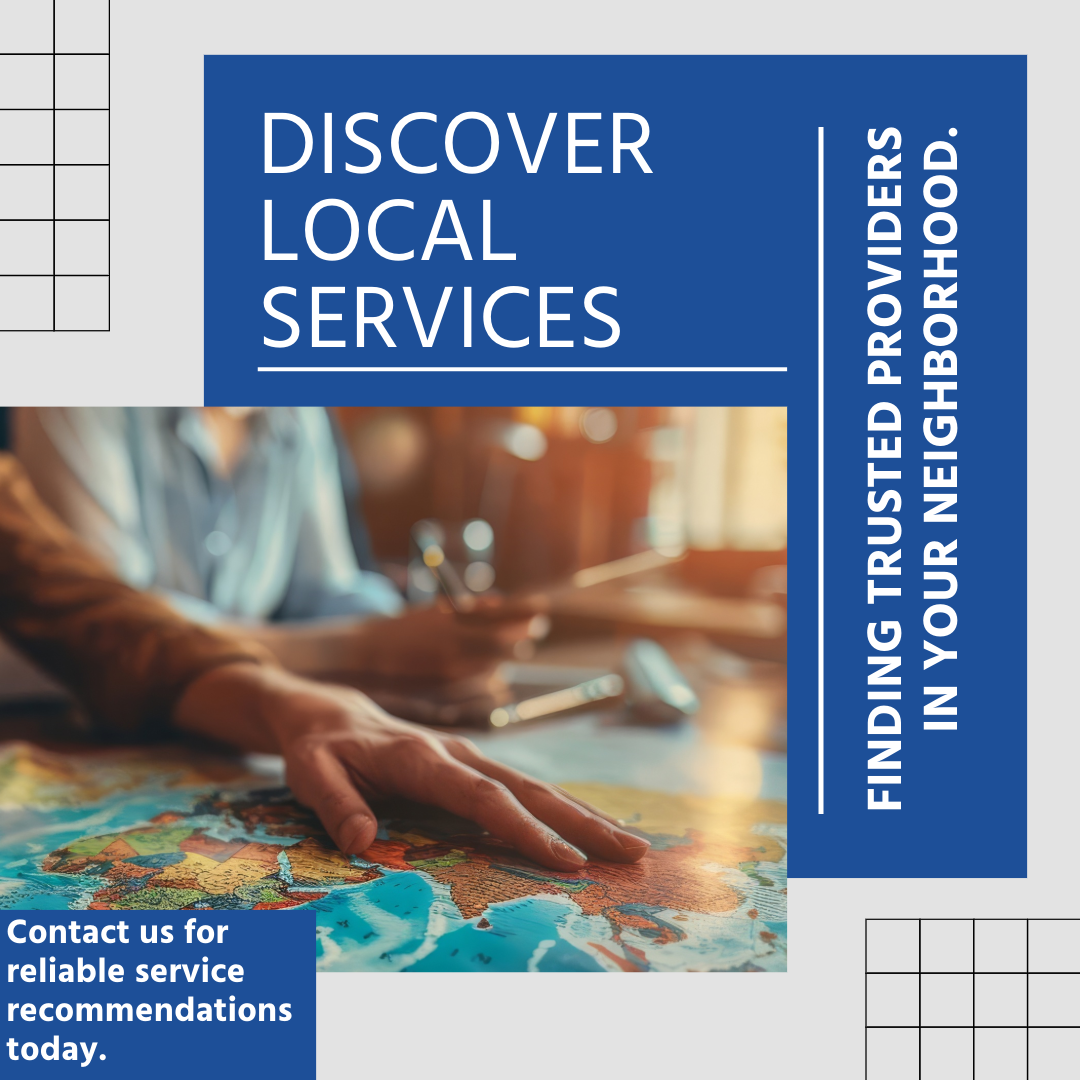Introduction: Unpacking the Right Way
Moving and unpacking can often be accompanied by a significant amount of stress, especially for individuals transitioning to a new home. As a seasoned Minnesota real estate agent, I have witnessed firsthand the challenges that come with relocation. One effective way to alleviate some of this stress is by emphasizing the importance of well-labeled boxes during the unpacking process.
Clearly labeling boxes not only facilitates a more organized unpacking experience but also helps individuals locate their belongings with ease, ultimately reducing the chaos and confusion that can arise during a move. Introducing the principles necessary for creating a reliable unpacking system—such as establishing a systematic approach, prioritizing efficiency, and maintaining clear communication—can further contribute to a smoother transition.
Implementing these principles, homeowners effectively streamline the unpacking process and set the stage for a successful and stress-free move into their new space.
Getting Started: Essential Supplies for Effective Labeling
1. Marker pens: Invest in high-quality marker pens with waterproof and fade-resistant ink to ensure that your labels remain clear and legible throughout the moving process.
2. Color-coded labels: Using color-coded labels can help categorize items by room or priority, making it easier to identify and sort boxes accordingly.
3. Packing tape: Opt for durable packing tape to secure your labels onto boxes securely, preventing them from getting lost or damaged during transit.
4. Sticky notes: Keep a supply of sticky notes handy for temporary labels or for jotting down detailed information on specific items within the boxes.
5. Label stickers: Pre-printed label stickers can save time and effort, especially for commonly packed items or frequently accessed belongings.
Choosing the right packing materials is crucial for a smooth moving experience. When selecting labeling materials, consider factors such as durability, visibility, and ease of use. Look for materials that are waterproof and smudge-proof to ensure that your labels remain intact and legible. Opt for materials that stand out against the color of your boxes to make them easily identifiable at a glance. Additionally, prioritize materials that are easy to peel off and reposition in case of any changes or corrections. By selecting the appropriate labeling materials, you can simplify the unpacking process and make it more efficient and organized.
What are some eco-friendly options?
Some eco-friendly packing tools, supplies, and options to promote planetary sustainability include:
1. Recycled and recyclable packing materials: Utilize packing materials such as biodegradable packing peanuts, recycled paper, and cardboard boxes that are easily recyclable or compostable.
2. Reusable moving boxes: Opt for sturdy, reusable plastic moving boxes or containers that can be used multiple times, reducing the need for single-use cardboard boxes.
3. Eco-friendly cushioning materials: Use sustainable alternatives like recycled newspaper, biodegradable bubble wrap, or compostable packing materials to protect fragile items during transport.
4. Packing tape alternatives: Choose eco-friendly packing tape made from sustainable materials like paper or biodegradable materials that can be easily recycled or composted.
5. Eco-friendly labeling options: Opt for labels made from recycled paper or biodegradable materials, and consider using reusable labels that can be easily removed and used again.
6. Renting or sharing packing materials: Consider renting or sharing packing materials with others to reduce waste and minimize the environmental impact of moving.
By embracing eco-friendly packing materials, not only are we prioritizing sustainability, but we are also optimizing efficiency in our moving process. Efficiency doesn’t have to be boring—it can be as exciting as finding a cardboard box that fits just right or realizing that bubble wrap can also double as a stress reliever. Speaking of efficiency, adopting a room-by-room packing strategy is like playing a game of Tetris but with real-life objects. Just remember, if your unpacking goes as smoothly as fitting that last piece into place, you’re doing it right—no need to call the moving box support hotline for assistance!
Creating a Labeling System: Room-by-Room Efficiency
When preparing for a move, organizing items by room and labeling them accordingly can greatly streamline the unpacking process. By incorporating a color-coding system into your packing strategy, you not only add a touch of fun but also increase efficiency. Assigning a specific color to each room allows for quick identification of where each box belongs, making the unpacking process smoother and more enjoyable. This visual cue decreases the chances of misplacing items and helps movers prioritize which boxes to unpack first, minimizing confusion and maximizing productivity.
Implementing a color-coding system offers several advantages, particularly in terms of speed and efficiency. As boxes are unloaded at the new location, movers can easily match the color-coded boxes to the corresponding rooms, eliminating the need for guesswork and saving valuable time. This method not only speeds up the unpacking process but also ensures that belongings are placed in their designated areas promptly, creating a sense of order and organization in the new space. The systematic approach facilitated by color-coding minimizes the risk of items getting lost or misplaced during the chaos of moving day, ultimately leading to a smoother and more stress-free transition.
In addition to room-specific color-coding, it’s essential to consider special categories such as fragile items and essentials that require extra care. Designating separate delivery or handling instructions for fragile items can prevent damage and ensure they receive the delicate treatment they need during transportation. Similarly, employing specific labeling techniques—such as using bold, visible labels or fragile stickers—can alert movers to the presence of delicate items and guide them on how to handle these boxes with care. By incorporating these specialized categories and labeling techniques into your overall packing strategy, you can further enhance the efficiency and safety of your move while safeguarding your most valuable possessions.
Labeling Techniques and Best Practices
As someone who deals with moving and packing on a weekly basis, writing clear and bold labels is crucial for effective organization. Using a bold marker to clearly write the contents of each box not only helps movers quickly identify where items belong but also ensures that the labels are easily readable amidst the chaos of unpacking. By making the labels stand out with clear and bold writing, you can streamline the unpacking process and avoid the frustration of searching through multiple boxes to find specific items.
In my experience, the placement of labels on boxes plays a significant role in the efficiency of unpacking. Placing labels on the top and sides of boxes, rather than just one side, enhances visibility and accessibility during the unpacking process. When labels are strategically positioned for easy visibility, movers can quickly scan and locate the necessary boxes without having to move them around or stack them in a certain way. This simple yet effective technique saves time and minimizes the likelihood of boxes being misplaced or overlooked as items are being unpacked.
Detailed labels and inventory lists are invaluable tools for maintaining organizational clarity during a move. Including specific information on labels, such as the contents of the box, the room it belongs to, and any special handling instructions, provides a clear roadmap for both movers and homeowners alike. Furthermore, keeping detailed inventory lists that correspond to each labeled box helps track items throughout the moving process, ensuring that nothing is left behind or misplaced. By prioritizing detailed labels and inventory lists, you can enhance organization, reduce stress, and facilitate a smooth and systematic unpacking experience for all parties involved.
Having an organized packing and unpacking plan offers numerous benefits:
1. Efficiency: Organizing items by room and labeling them accordingly streamlines the unpacking process, making it easier to locate and access your belongings.
2. Reduced Stress: A well-thought-out packing plan helps alleviate the stress and chaos often associated with moving by providing a clear roadmap for packing and unpacking.
3. Preservation of Items: Proper organization and labeling can prevent damage to fragile items during the moving process, ensuring that your belongings arrive at your new location intact.
4. Time Savings: An organized packing plan saves time by eliminating the need to search through multiple boxes to find specific items and by expediting the unpacking process.
By being organized, you can save a significant amount of time during the moving process. For example, taking the time to categorize items by room and label them accordingly can cut down on unpacking time by allowing movers to quickly identify where each box belongs. Additionally, having a detailed inventory list and using clear, bold labels can further expedite the unpacking process by providing a clear reference point for locating specific items. Overall, being organized can save hours, if not days, of time that would otherwise be spent rummaging through boxes and trying to make sense of a disorganized moving situation.




